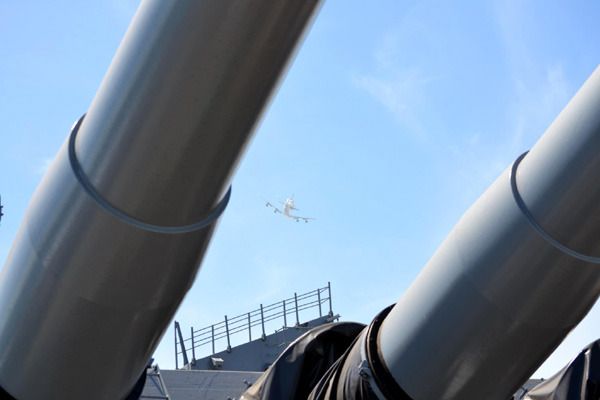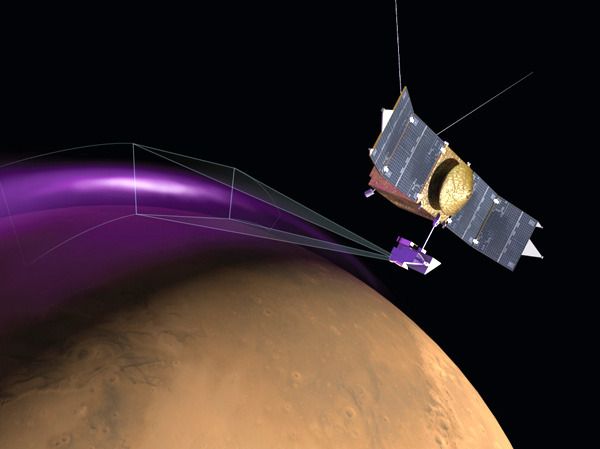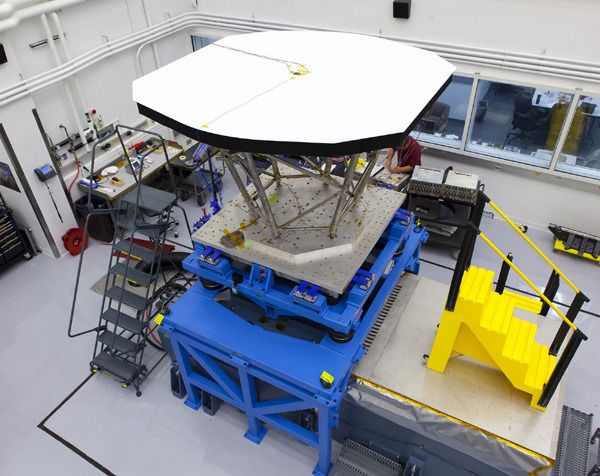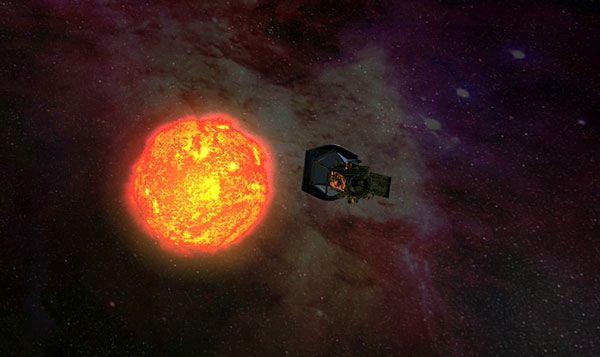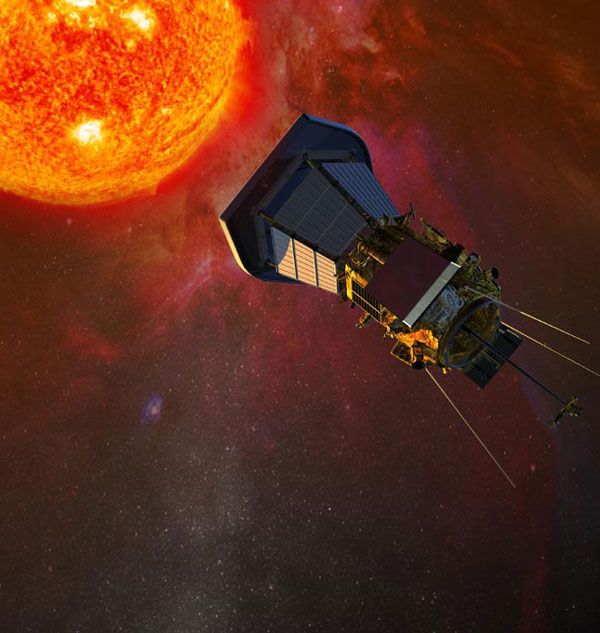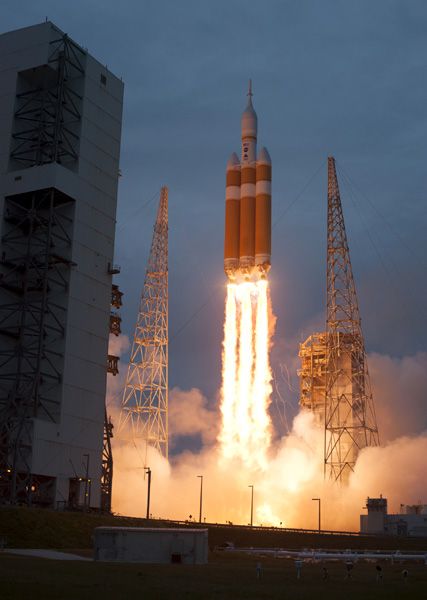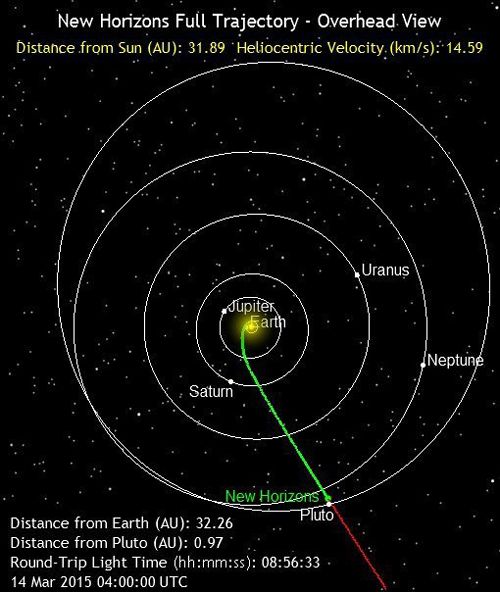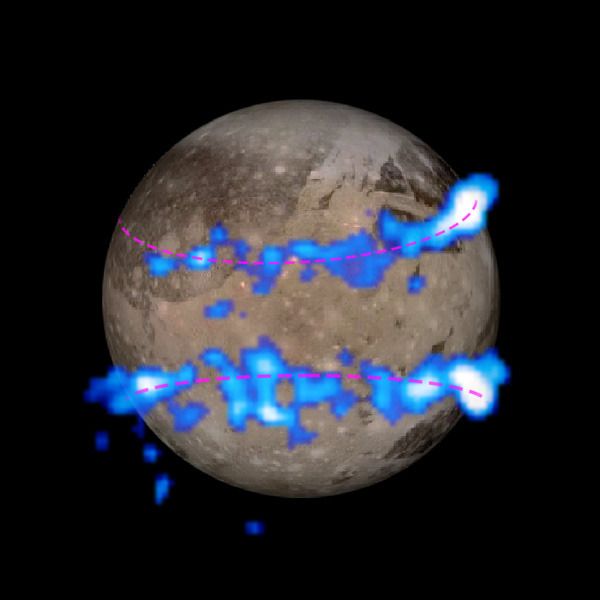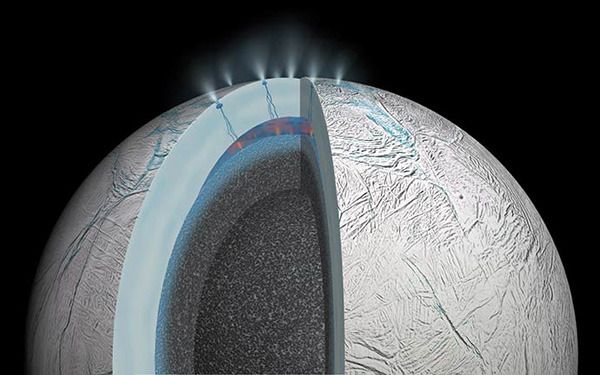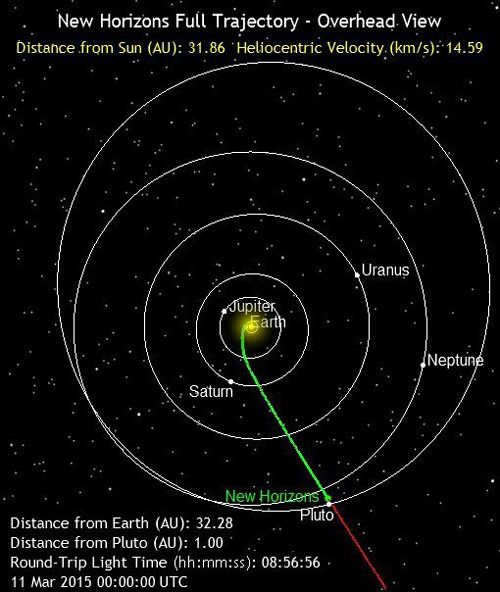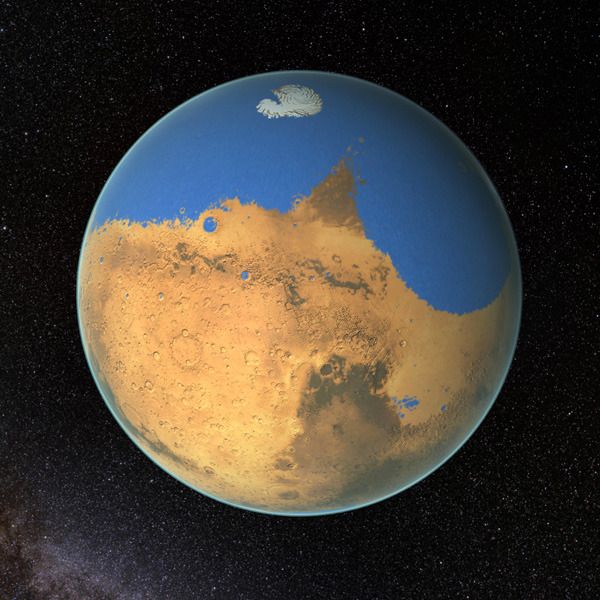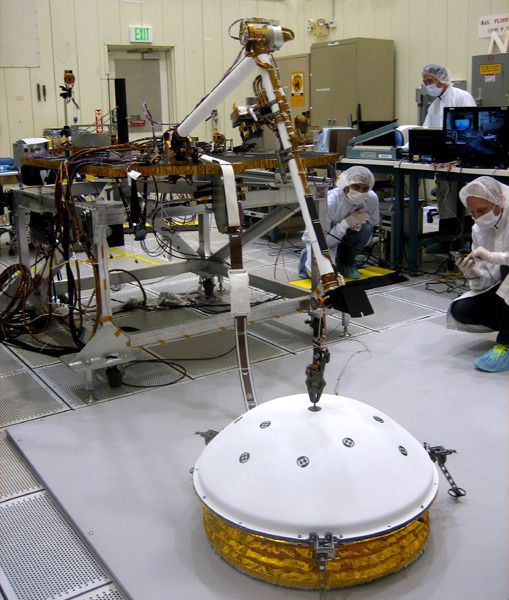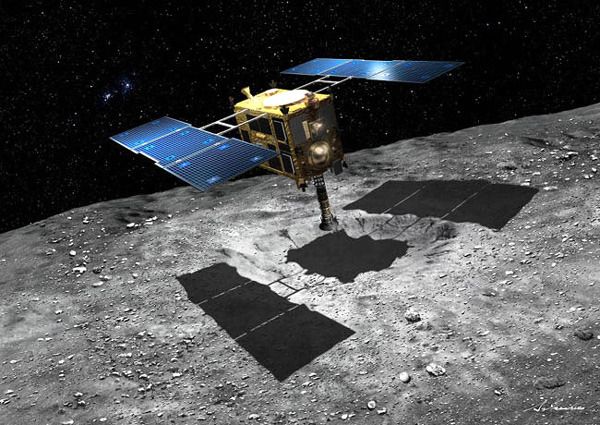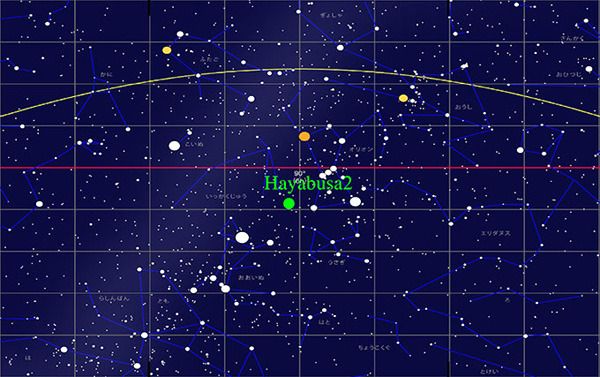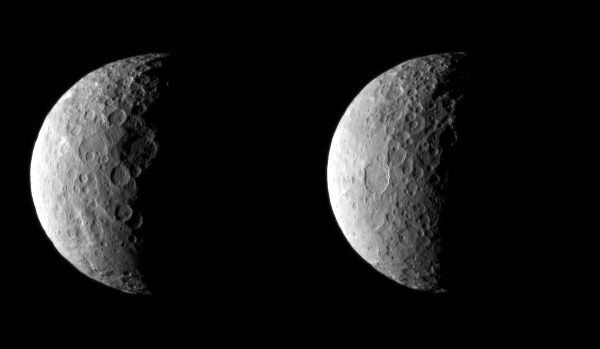
NASA / Goddard / Chris Meaney
NASA’s OSIRIS-REx Mission Passes Critical Milestone (Press Release)
NASA's groundbreaking science mission to retrieve a sample from an ancient space rock has moved closer to fruition. The Origins Spectral Interpretation Resource Identification Security Regolith Explorer (OSIRIS-REx) mission has passed a critical milestone in its path towards launch and is officially authorized to transition into its next phase.
Key Decision Point-D (KDP-D) occurs after the project has completed a series of independent reviews that cover the technical health, schedule and cost of the project. The milestone represents the official transition from the mission’s development stage to delivery of systems, testing and integration leading to launch. During this part of the mission’s life cycle, known as Phase D, the spacecraft bus, or the structure that will carry the science instruments, is completed, the instruments are integrated into the spacecraft and tested, and the spacecraft is shipped to NASA's Kennedy Space Center in Florida for integration with the rocket.
“This is an exciting time for the OSIRIS-REx team,” said Dante Lauretta, principal investigator for OSIRIS-Rex at the University of Arizona, Tucson. “After almost four years of intense design efforts, we are now proceeding with the start of flight system assembly. I am grateful for the hard work and team effort required to get us to this point.”
OSIRIS-REx is the first U.S. mission to return samples from an asteroid to Earth. The spacecraft will travel to a near-Earth asteroid called Bennu and bring at least a 60-gram (2.1-ounce) sample back to Earth for study. OSIRIS-REx carries five instruments that will remotely evaluate the surface of Bennu. The mission will help scientists investigate the composition of the very early solar system and the source of organic materials and water that made their way to Earth, and improve understanding of asteroids that could impact our planet.
OSIRIS-REx is scheduled for launch in late 2016. The spacecraft will reach Bennu in 2018 and return a sample to Earth in 2023.
"The spacecraft structure has been integrated with the propellant tank and propulsion system and is ready to begin system integration in the Lockheed Martin highbay,” said Mike Donnelly, OSIRIS-REx project manager at NASA’s Goddard Space Flight Center in Greenbelt, Maryland. “The payload suite of cameras and sensors is well into its environmental test phase and will be delivered later this summer/fall.”
The key decision meeting was held at NASA Headquarters in Washington on March 30 and chaired by NASA's Science Mission Directorate.
On March 27, assembly, launch and test operations officially began at Lockheed Martin in Denver. These operations represent a critical stage of the program when the spacecraft begins to take form, culminating with its launch. Over the next several months, technicians will install the subsystems on the main spacecraft structure, comprising avionics, power, telecomm, thermal systems, and guidance, navigation and control.
The next major milestone is the Mission Operations Review, scheduled for completion in June. The project will demonstrate that its navigation, planning, commanding, and science operations requirements are complete.
The mission's principal investigator is at the University of Arizona, Tucson. NASA’s Goddard Space Flight Center in Greenbelt, Maryland, will provide overall mission management, systems engineering and safety and mission assurance for OSIRIS-REx. Lockheed Martin Space Systems in Denver will build the spacecraft. OSIRIS-REx is the third mission in NASA's New Frontiers Program. NASA’s Marshall Space Flight Center in Huntsville, Alabama, manages New Frontiers for the agency's Science Mission Directorate.
OSIRIS-REx complements NASA's Asteroid Initiative, which aligns portions of the agency's science, space technology and human exploration capabilities in a coordinated asteroid research effort. The initiative will conduct research and analysis to better characterize and mitigate the threat these space rocks pose to our home planet.
Included in the initiative is NASA's Asteroid Redirect Mission (ARM), a robotic spacecraft mission that will capture a boulder from the surface of a near-Earth asteroid and move it into a stable orbit around the moon for exploration by astronauts, all in support of advancing the nation’s journey to Mars. The agency also is engaging new industrial capabilities, partnerships, open innovation and participatory exploration through the NASA Asteroid Initiative.
NASA also has made tremendous progress in the cataloging and characterization of near Earth objects over the past five years. The president's NASA budget included, and Congress authorized, $20.4 million for an expanded NASA Near-Earth Object (NEO) Observations Program, increasing the resources for this critical program from the $4 million per year it had received since the 1990s. The program was again expanded in fiscal year 2014, with a budget of $40.5 million. NASA is asking Congress for $50 million for this important work in the 2016 budget.
NASA has identified more than 12,000 NEOs to date, including 96 percent of near-Earth asteroids larger than 0.6 miles (1 kilometer) in size. NASA has not detected any objects of this size that pose an impact hazard to Earth in the next 100 years. Smaller asteroids do pass near Earth, however, and some could pose an impact threat. In 2011, 893 near-Earth asteroids were found. In 2014, that number was increased to 1,472.
In addition to NASA's ongoing work detecting and cataloging asteroids, the agency has engaged the public in the hunt for these space rocks through the agency's Asteroid Grand Challenge activities, including prize competitions. During the recent South by Southwest Festival in Austin, Texas, the agency announced the release of a software application based on an algorithm created by a NASA challenge that has the potential to increase the number of new asteroid discoveries by amateur astronomers.
Source: NASA.Gov
****
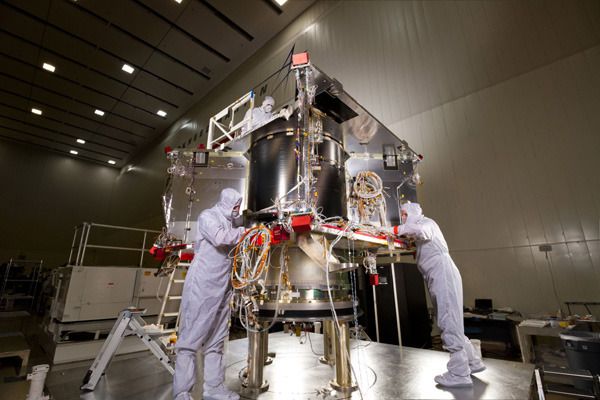
Dante Lauretta - DSLauretta.com


